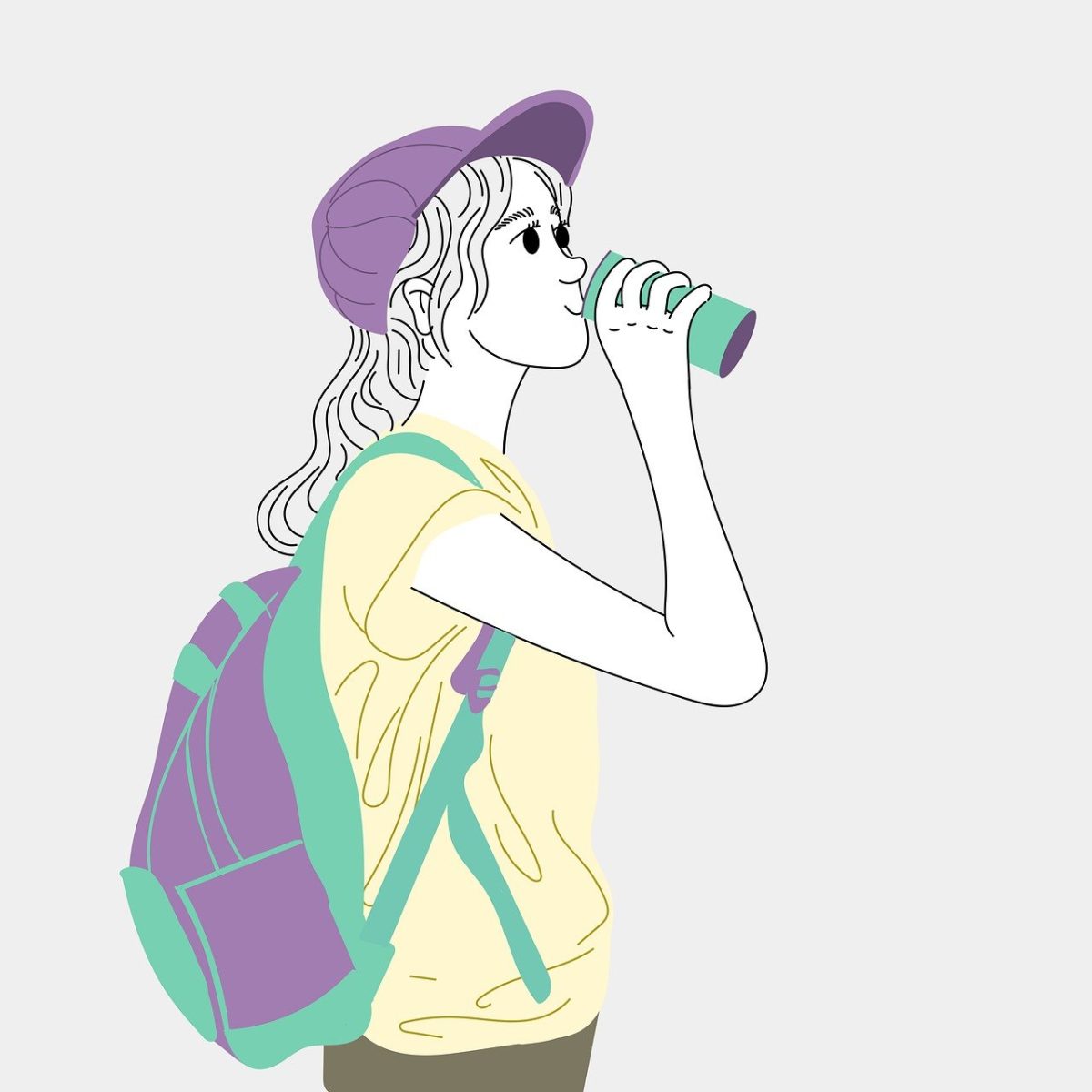Energy drinks provide a powerful punch of energy, but recent studies have caused reason for concern associated with the amount of caffeine they contain, even in a single can.
Energy drinks such as Red Bull, Monster, Bang and Ghost are notoriously popular beverages, especially amongst students. Whether it is preparing for the big game or forcing your eyes open to keep studying, all of the drinks can be easily obtainable by anyone, despite their age. However, the fast action energy punches come with a statistical risk.
The National Library of Medicine published a study in 2021 surrounding the effects of highly caffeinated energy drinks on human test subjects. The studies would find noticeable mal-effects, both cardiovascular and neuropsychiatric in humans.
Caffeine is a stimulant, commonly found in everyday beverages such as coffee, soft drinks and, in the highest concentrations, energy drinks.
When the molecule of caffeine enters a human, it binds to the site in the brain for a chemical called adenosine. Once the site is covered, adenosine (a molecule signaling sleepiness) can not affect the brain. This interaction provides a boost of the brain and nervous system resulting in increased cytosol and adrenaline in the body. In moderate and healthy doses, caffeine can provide a noticeable increase in cognisense and physical ability, its main appeals.
While caffeine may be a positive in proper amounts, it has known vasoconstrictive properties. Vasoconstriction is the constriction of blood vessels resulting in the increase of blood pressure which has extremely dangerous long term effects. The effects can range from heart attacks to complete heart failure, resulting in mortality.
The National Library of Medicine’s study had healthy subjects consume a set amount of caffeine to study the results.
For the effects on the cardiovascular system, problems heavily varied. For some, there was too fast or too slow beating of the heart. Others experienced high blood pressure or chest pains. And in extreme cases, a tear would form in the wall of the heart artery, known as SCAD, which could cause a heart attack. In one case, SCAD occurred in a healthy male at only 80 mg dose of caffeine.
In the study, it was noted that specific triggers may have played a role in the appearance of adverse effects. Triggers such as alcohol consumption, exercise and the usage of drugs subsequently increased the chances of ill effects on those being tested on.
Aside from caffeine’s effect on the heart, it also has consequences on the brain. While the neuropsychiatric effects are not well documented, there has been clear evidence that increases the chance of epileptic attacks. The stimulant lowers the epileptogenic threshold, making the subject’s brain overstimulated, resulting in panic attacks, chronic headaches and the possible formation of epilepsy.
The effects are not only observable in a laboratory, as highly caffeinated drinks have resulted in the hospitalizations and deaths of several young people in recent years. According to the Dawn Report, “The number of emergency department visits involving energy drinks doubled from 10,068 visits in 2007 to 20,783 visits in 2011.”
Uninformed people across the world have suffered the ramifications of the thought-to-be harmless stimulant. In September 2022, a young woman named Sarah Katz died after going into cardiac arrest twice while drinking the “Charged Lemonade” at a Panera Bread.
Angella Cenedela, an expert on legal analysis, was asked about the need to display the amount of caffeine in a drink and stated, “It’s not an FDA requirement … but it would be in their interest to protect against lawsuits.”
Caffeine is found in a lot of different beverages, and in some cases it is in expreme quantities. Due to the dangerous nature of excessive caffeine consumption, it is up to the consumer to be responsible to find out how much caffeine is in their beverage as it is not illicit to not inform the customer.
The studies are clear, caffeine places a noticeable risk on both the heart and the mind of those who consume it; therefore, without the need to display the amount of caffeine present in a drink, it is paramount that young consumers understand what they are truly consuming and its risks.





